Hartmut Armbruster
Maximising Cassandra's Potential: Tips on Schema, Queries, Parallel Access, and Reactive Programming
#1about 2 minutes
Designing a high-performance social media feed backend
The goal is to design a backend and data layer for a social platform feed that responds in under 10 milliseconds at massive scale.
#2about 2 minutes
Defining functional requirements for the social feed
Key features include pinned pagination to handle real-time updates and an endless scroll, supported by core data entities like posts and users.
#3about 2 minutes
Understanding Cassandra's query-first data modeling
Unlike relational databases, Cassandra requires designing your data model based on specific query patterns due to its lack of joins and limited indexing.
#4about 3 minutes
Defining access patterns and the initial post schema
The first step in schema design is defining the five core query patterns and creating the main posts table with a feed ID partition key.
#5about 4 minutes
Using time-based ULIDs for efficient pagination
Using universally unique lexicographically sortable identifiers (ULIDs) as clustering keys enables efficient, time-based pagination without needing slow offsets.
#6about 3 minutes
Optimizing counts and the initial sequential process
The initial design avoids slow SELECT COUNT queries by using a LIMIT, but the sequential process flow is still highly inefficient, requiring 81 queries per page.
#7about 6 minutes
Iterative refinement through schema and process changes
The design is iteratively improved by merging tables, introducing parallelism, and modifying the schema to enable efficient bulk data fetching with IN clauses.
#8about 6 minutes
Implementing the flow with a reactive programming stack
A non-blocking, reactive stack using Kotlin, Quarkus, and Mutiny is chosen to efficiently orchestrate the parallel database queries required by Cassandra.
#9about 2 minutes
Achieving sub-4ms response times with optimization
An OpenTelemetry trace demonstrates the final implementation achieving a 3.72 millisecond response time for the complex feed API request.
#10about 3 minutes
Understanding the complexities and trade-offs of Cassandra
Cassandra introduces significant operational complexity, including data denormalization and difficult migrations, making it a choice for massive scale rather than general use.
Related jobs
Jobs that call for the skills explored in this talk.
Matching moments
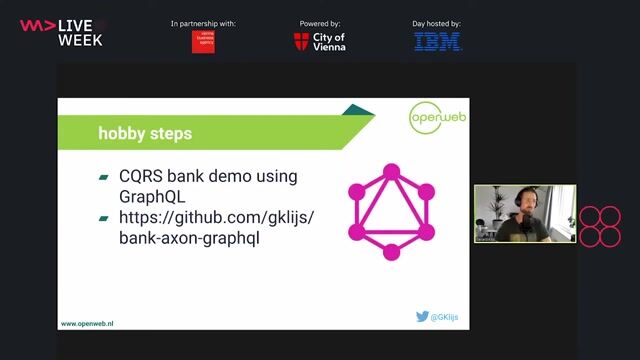
16:38 MIN
Implementing a CQRS banking demo with Kafka
From event streaming to event sourcing 101
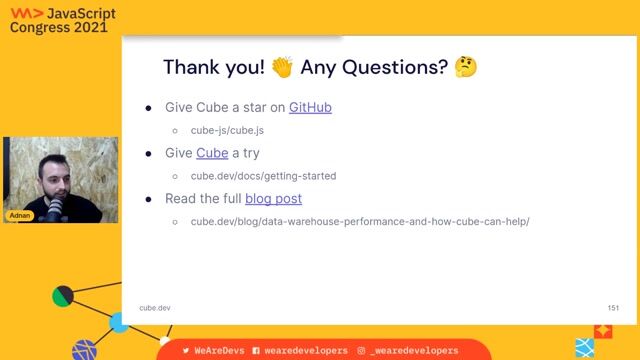
34:43 MIN
Answering questions on Cube's architecture and use cases
Making Data Warehouses fast. A developer's story.

14:51 MIN
Technical Q&A on UI, data persistence, and scalability
Fleet Management - Reinvented

38:52 MIN
Q&A on hybrid cloud strategy and data management
Embracing the Hybrid Cloud: Unlocking Success with Open Source Technologies
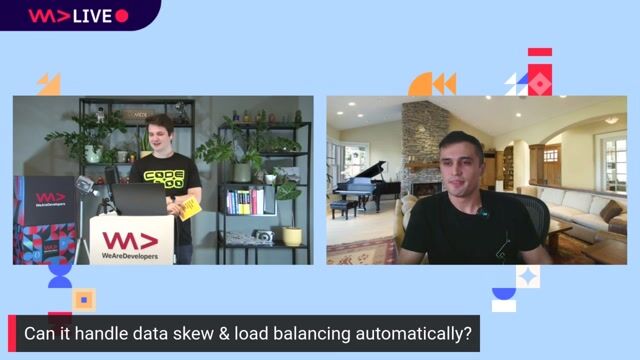
34:48 MIN
Q&A on performance, parallelism, and organizational impact
Convert batch code into streaming with Python

44:31 MIN
Q&A on GraphQL, team structure, and vendor software
Building high performance and scalable architectures for enterprises

07:52 MIN
The architectural advantage of a SQL-native design
Fault Tolerance and Consistency at Scale: Harnessing the Power of Distributed SQL Databases
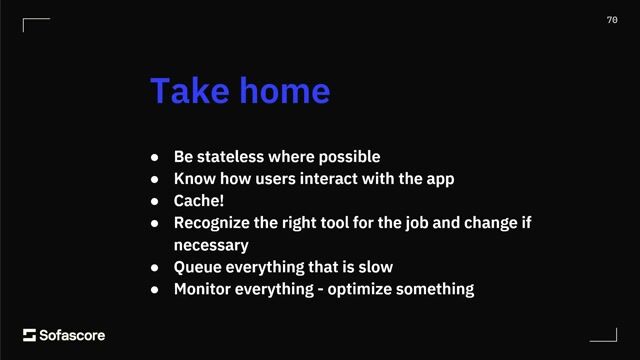
26:12 MIN
Key principles for building scalable and efficient infrastructure
Scaling: from 0 to 20 million users
Featured Partners
Related Videos
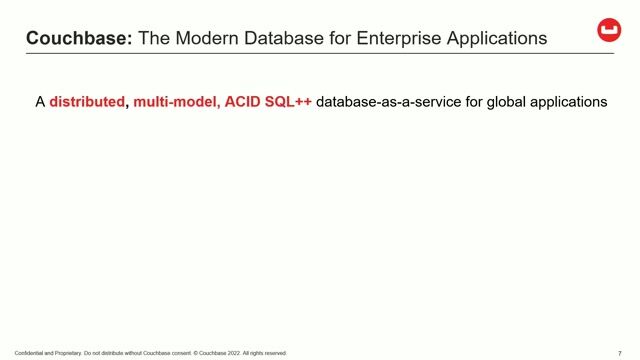 24:22
24:22Database Magic behind 40 Million operations/s
Jürgen Pilz
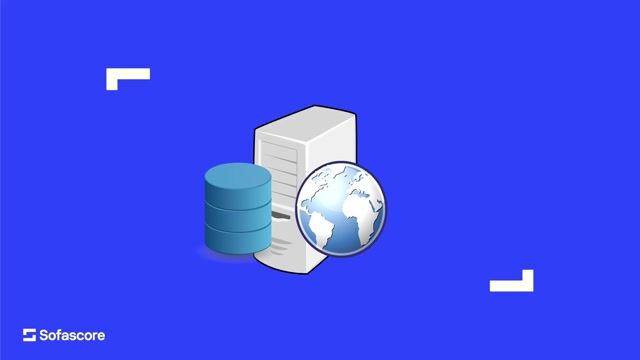 28:12
28:12Scaling: from 0 to 20 million users
Josip Stuhli
 28:12
28:12Is reactive the new black? Imperative vs. reactive programming with Quarkus
Tatiana Chervova
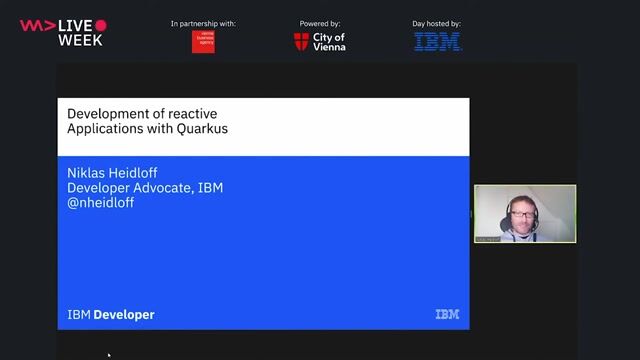 39:10
39:10Development of reactive applications with Quarkus
Niklas Heidloff
 46:24
46:24The Rise of Reactive Microservices
David Leitner
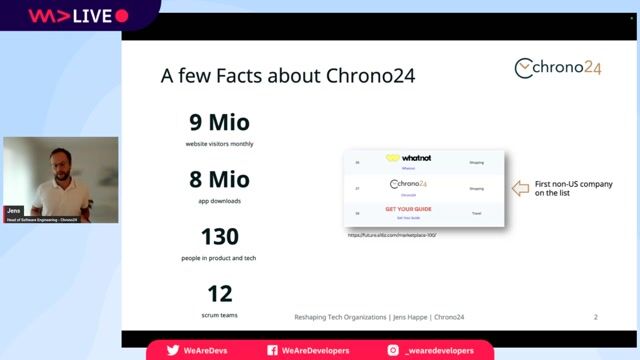 50:06
50:06Single Server, Global Reach: Running a Worldwide Marketplace on Bare Metal in a Cloud-Dominated World
Jens Happe
 21:09
21:09Scaling Databases
Tobias Petry
 26:45
26:45How to Destroy a Monolith?
Babette Wagner
From learning to earning
Jobs that call for the skills explored in this talk.

Database Engineer für hochverfügbare Systeme - Cassandra Champion (all genders)
Frequentis AG
€47K
VoIP
VMware
Cassandra
![Senior Software Engineer [TypeScript] (Prisma Postgres)](https://wearedevelopers.imgix.net/company/283ba9dbbab3649de02b9b49e6284fd9/cover/oKWz2s90Z218LE8pFthP.png?w=400&ar=3.55&fit=crop&crop=entropy&auto=compress,format)
Senior Software Engineer [TypeScript] (Prisma Postgres)
Prisma
Remote
Senior
Node.js
TypeScript
PostgreSQL


Senior Fullstack Engineer (all genders)
envelio
Köln, Germany
Remote
Senior
Python
JavaScript
Structured Query Language (SQL)

DevOps Engineer – Kubernetes & Cloud (m/w/d)
epostbox epb GmbH
Berlin, Germany
Intermediate
Senior
DevOps
Kubernetes
Cloud (AWS/Google/Azure)

Cloud Engineer (m/w/d)
fulfillmenttools
Köln, Germany
€50-65K
Intermediate
TypeScript
Google Cloud Platform
Continuous Integration


Full Stack Engineer
Climax.eco
Rotterdam, Netherlands
€70-100K
Senior
TypeScript
PostgreSQL
Cloud (AWS/Google/Azure)

Senior DevOps Engineer (f/m/x)
Douglas GmbH
Düsseldorf, Germany
Senior
Kubernetes
Cloud (AWS/Google/Azure)